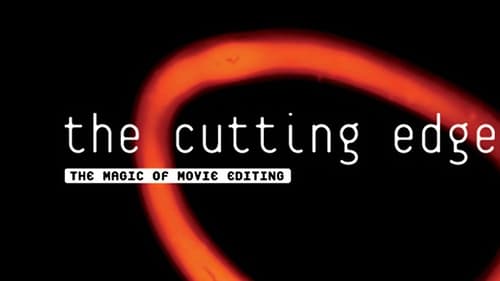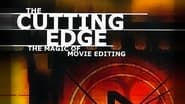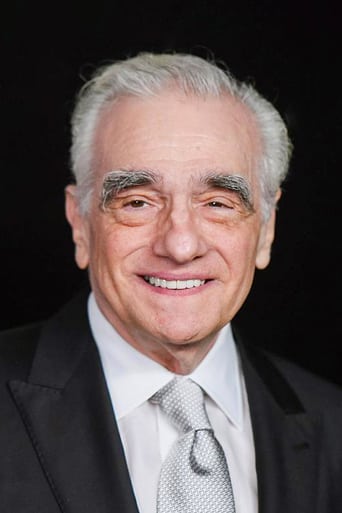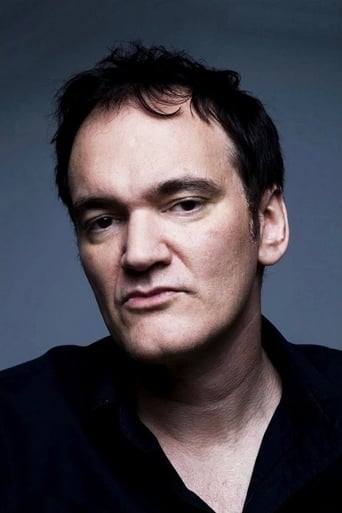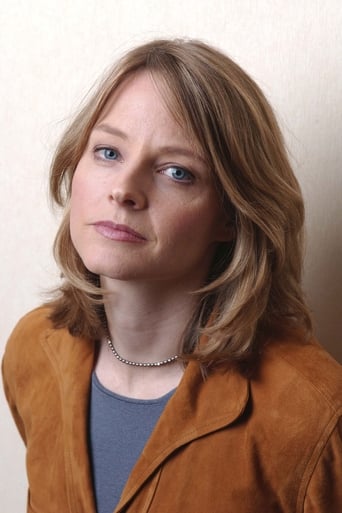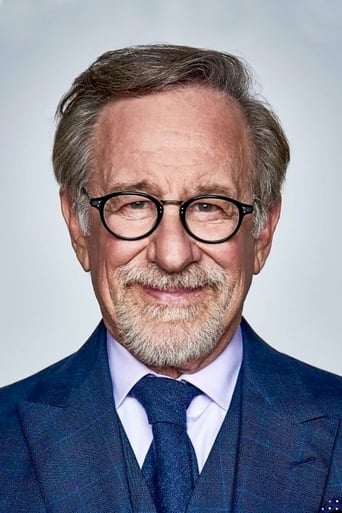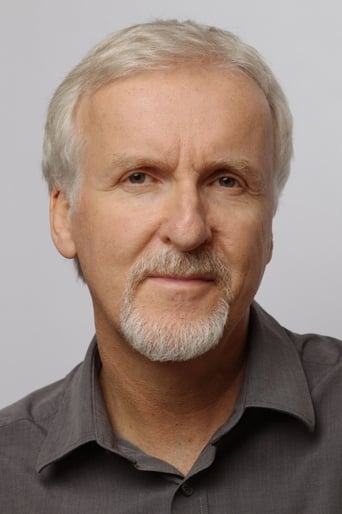Livestonth
I am only giving this movie a 1 for the great cast, though I can't imagine what any of them were thinking. This movie was horrible
Nayan Gough
A great movie, one of the best of this year. There was a bit of confusion at one point in the plot, but nothing serious.
Philippa
All of these films share one commonality, that being a kind of emotional center that humanizes a cast of monsters.
Josephina
Great story, amazing characters, superb action, enthralling cinematography. Yes, this is something I am glad I spent money on.
james higgins
This is a must see documentary for any serious film buff. For all you folks out there that dismiss older films, you may be surprised by your favorite directors such as Quentin Tarantino, Martin Scorsese, Steven Spielberg and James Cameron praising the magnificence of silent films and many classics. Without these classics and the skill involved in making them, today's movies wouldn't be what they are. A brilliant and informative documentary. It very thoroughly explores a movie art form that is often not understood and certainly unappreciated. The editing of a film is very instrumental in its success. However, not many people appreciate it.
Robert J. Maxwell
This is fascinating stuff. There's room enough in editing for both the technician and the poet.The documentary is narrated by Kathy Bates and, as the list of participants reveals, has a couple of dozen commentators. Not all of them are household names, of course, because who knows the names of any editors? Interesting that the craft started with women seated at their desks and cutting and gluing the old-fashioned way. It was thought proper to put a film through an assembly line of women because, well, that's a woman's job, isn't it? Cutting, snipping, crocheting, macramé, sewing -- weaving away forever like Penelope.And it STILL seems to be at least one of the occupations where the men haven't moved in and taken over entirely. (Another is superstar modeling, where the beautiful woman is paid about ten times what the beautiful man is paid.) One might think of the editor as some pale ectomorph buried in his cellar, gawking into a moviola, but they're actually pretty human and proud of what they do. The closest any of the editors come to that covert stereotype is probably Walter Murch. Here he is, a thin figure in a black Beatnik pullover, neatly trimmed beard, and proper eyeglasses, with never a wry comment or an expansive movement. He knows it too. He compares editors to precision jewelers. Yet he knows exactly what he's doing and shows us, point by point, how it's done. PS: It no longer involves being bent over a table and examining frames of movie film.A nice informative job by director Wendy Apple -- and editors Daniel Loeventhal and Tim Tobin.
Woodyanders
This excellent, engrossing and extremely illuminating documentary covers the evolution of the crucial craft of film editing from the silent era to the modern age. Editors initially started out as key, but anonymous contributors to motion pictures who in the 40's and 50's had to staunchly adhere to certain strict guidelines. D.W. Griffith played a substantial part in developing editing as a significant component of movies. The Russian filmmakers of the 20's and the French New Wave directors of the 50's further revolutionized editing by willfully breaking certain established rules. Many different aspects of film editing are extensively covered in fascinating detail: montage, juxtaposition, jump cuts, creating a rhythm, the challenge of cutting chase sequences, the importance of sound, the powerful fusion of sound and image, fragmenting time and space, the difficulty of cutting sex scenes, and the contemporary style of rapid-fire fast cutting. Moreover, we learn that the editor is the most objective person to work on a movie, plays a major role in telling the story, and often works very closely with the director in the post-production process. Such famous directors as Martin Scorsese, Steven Spielberg, Quentin Tarantino, and James Cameron discus the necessity of editors in the whole film-making process. Editors Sally Menke (who was specifically hired by Tarantino to cut "Reservoir Dogs" because he thought a female editor would be more nurturing), Dede Allen, Mark Goldblatt, Zach Staenberg, Craig McKay, Michael Tronick, Donn Cambenn, Alan Heim, and especially Walter Murch all relate great stories about editing various pictures. Kevin Tent in particular has a choice anecdote about how he paid director Alexander Payne 75 dollars to cut a specific sequence in "Election" a certain way that wound up being used in the finished feature. George Lucas hits the nail right on the head when he describes editing as "visual poetry." Kathy Bates provides the perfectly sober and respectful narration. Essential viewing.
T Y
This documentary is seriously odd (More on that below). It's a study of the power of film-editing. None of the information these subjects share is offensive, in fact it's all pretty interesting. Some terrific examples include the dumping of two entire reels from the climax of Lenny with one edit. Snipping five short vignettes from a longer Martin Sheen improvisation in Apocalypse Now. And a love scene assembled very cleverly in Out of Sight (Never heard of it myself) via moving the audio track around, short frame delays and non-linear time sequencing. A personal problem I have with this, is that director Wendy Apple shows you the inventor of a basic editing technique; and then (nine times out of ten) cuts to some loud, superficial action/effects movie that uses it. More than a few times, a technique that would be much better highlighted in a well-chosen clip where the edit can be studied almost in isolation, is instead buried under explosions, green screen razzle-dazzle, car-chases and gratuitous knife.gun.martial arts battles, where a fraction of the impact can be credited to the edit.The larger problem is that this approach continually results in Eisentein, Reifenstahl, Griffith clips sitting in close proximity to, and introducing things like Terminator 2, Scream, Gladiator, Titanic, Top Gun, The Matrix, Star Wars. !??! Equating originators who believed in what they were doing to the depths of their soul (and devised these techniques themselves), with modern filmmakers who frequently just want to increase viewer stimulation to increase their payday with a tried and true technique, is obtuse if not completely grotesque. Jumping from the ingenuity of a filmmaker devising an editing trick to rally people to a political viewpoint, to popcorn movies about surface stimulation and box office receipts is so reductivist as to be offensive. Which is I suppose a back-handed tribute to the meaning that editing can cause. This may be appropriate in one case; as when WW2 propaganda films are used to introduce Starship Troopers, because it's director (Verhoeven) is knowingly riffing on propaganda. But I was not watching this thinking "Thank God Eisenstein invented X so that it could be used in Basic Instinct." Instead, I frequently had a pained expression on my face. One can imagine this dilemma arose out of the need to cut to living, breathing editors who pick up the story, but it imposes some real arrogance on those involved. It almost never chooses to cut to calm, modern art films by thoughtful directors where the spare use of gimmickry allows you to appreciate what the editing tool actually does. In doing so it jumps almost completely over the middle years (60s-70s) where an astonishing burst of rebellion and experimentation occurred, from a second wave of originators. Tarkovsky, Antonioni, Kubrick, Resnais, Truffaut, Polanski..? All missing, to make room for people like Joe Dante and James Cameron.
